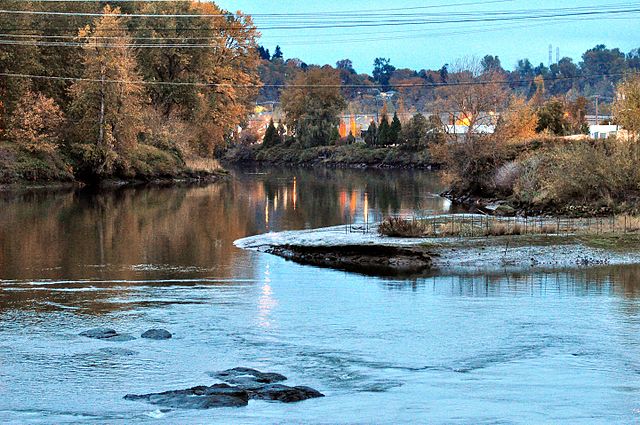Published on July 9, 2020

When we think of waters that define Seattle, which ones come to mind? Puget Sound and Elliott Bay, with Lake Washington and Lake Union close behind. Perhaps Green Lake. Don’t forget the Lake Washington Ship Canal.
But what about the seemingly invisible Duwamish River, harnessed (some say ravaged) beyond original recognition and poisoned beyond palatability? Shouldn’t it rise to the top?
That’s the question behind a new social and environmental history book with a provocative title: The River That Made Seattle. Is it true that the Duwamish “made” our city?
Author BJ Cummings — serving for 25 years in leading roles for Puget Soundkeeper, the Duwamish River Cleanup Coalition, Sustainable Seattle and the University of Washington Department of Environmental and Occupational Health Sciences’ Superfund Research Program — makes a potent case.
For starters, she says, most of the waterways that surrounded and fed Seattle once drained through the Duwamish. Also, and not incidentally, the river is named for the tribe whose chief’s bowdlerized name became that of the city.
Cummings further points out that, contrary to commonly told history, the city’s first white settlers (she calls them “immigrants”) were not those who alighted Nov. 13, 1851, at Alki Beach but rather those bearing the names of Maple, Van Asselt and Collins, who roosted two months earlier along the Duwamish.
In time, city-builders’ projects diverted or dried up feeder rivers so that by 1920, a watershed of more than 2,000 square miles had shrunk to fewer than 500. The spaghetti-like course of the Duwamish itself also had been straightened, and the channel widened and deepened, to make way for enormous ships and an industrial identity that nearly erased a tribal homeland.
Continue reading at The Seattle Times.
Originally written by Clay Eals for The Seattle Times.